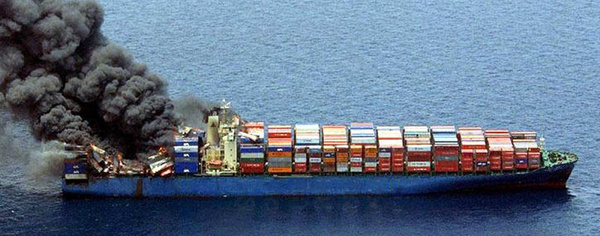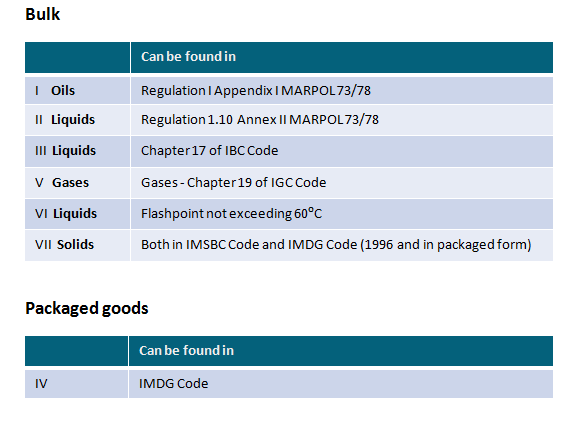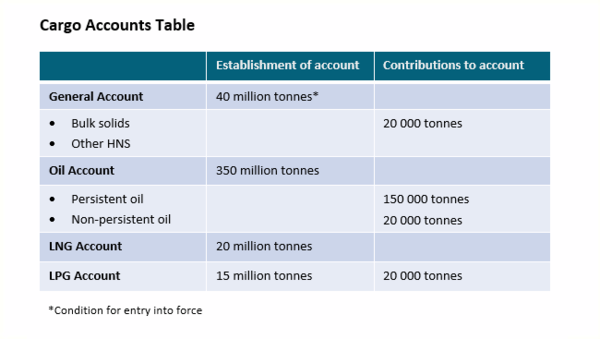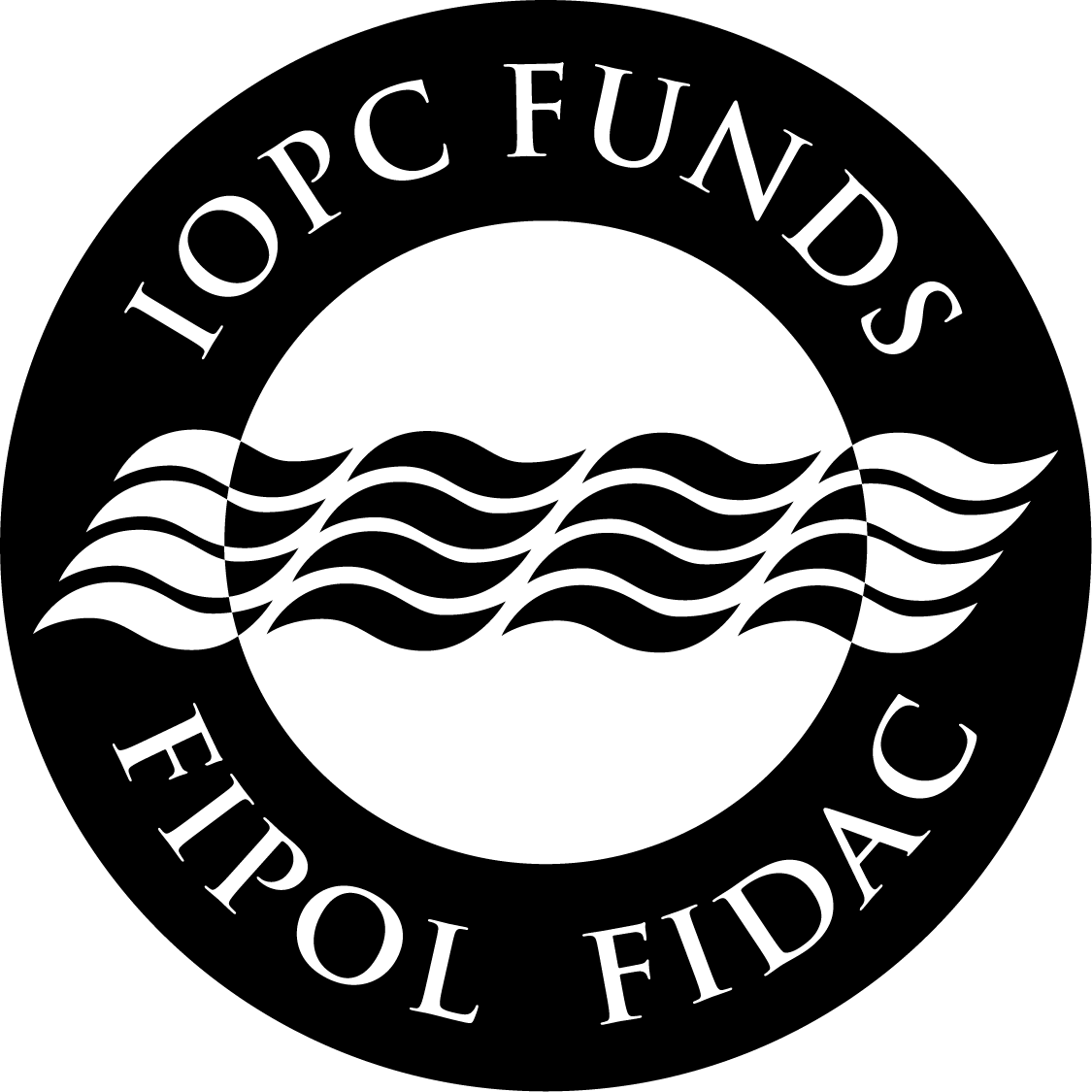Reporting for the HNS Convention

HNS containers on MV Hyundai Fortune explode and catch fire off the coast of Yemen in March 2006. The combined cost of the ship and lost cargo is estimated to be over $800 million.
Reporting Requirements
Even before the HNS Convention enters into force, States are obliged when they ratify the Convention, and annually thereafter, to report the total quantities of contributing cargo, for each account and sector, which were received in that State in the preceding year. Failing to comply with the reporting requirements could lead to a suspension of the status of a Contracting State or to withholding of compensation in relation to the State concerned.
For the period between now and when the Convention enters into force, the following Contributing Cargo Reporting Forms have been developed to accompany any expression of consent to be bound by the Protocol. These forms are designed to assist in the ratification/accession process only. If no HNS contributing cargo was received, States can submit a nil declaration form.
A set of guidelines have been developed to facilitate the fulfilment of companies and States’ reporting obligations in the period prior to entry into force. There were adopted at a workshop hosted by IMO and organised with the IOPC Funds in November 2012 and are available here and can be used as a model by States considering the ratification of the 2010 HNS Protocol.
Following discussions with a number of States it has been recognised that an efficient and jointly approved system for reporting HNS contributing cargo is key to ensuring the success of the 2010 HNS Convention. As a consequence, the IOPC Funds Secretariat has been focusing on the development of documents for States and their industry to clarify the existing practices and guidance regarding HNS reporting.
A preliminary document, containing a summary of the main issues as well as two questionnaires, was produced in January 2023 for Contracting States and those intending to ratify the Protocol. That document is available here. The intention is to ascertain how those States are dealing with HNS reporting issues and how they are interpreting the 2013 Reporting Guidelines.
Any State considering becoming Party to the 2010 HNS Convention should look closely at all the documentation listed above and available to the right of this section to fully understand how to best manage and fulfil the HNS reporting obligations under the Convention.
Definition of Hazardous and Noxious Substances
The definition of HNS set out in the HNS Convention is based on lists of individual substances identified in a number of IMO Conventions and Codes, designed to ensure maritime safety and prevention of pollution. HNS represent a wide array of chemical substances of varying properties and hazards, which include both bulk cargoes and packaged goods. Bulk cargoes can be solids, liquids, including both persistent and non-persistent oils, and liquefied gases, such as liquefied natural gas (LNG) or liquefied petroleum gas (LPG).
Low hazard substances, such as coal and iron, are generally excluded from the HNS Convention. There are a large number of substances covered by the Convention, such as those covered by the International Maritime Dangerous Goods Code (IMDG Code), which lists hundreds of substances which can be dangerous when shipped in packaged form.
List of HNS Covered by the Convention
A consolidated list of HNS substances covered by the Convention has been prepared by the IOPC Funds. The consolidated list accessible through the HNS Finder includes the following references:

Further information on the lists of HNS substances covered by the Convention can be found under the following links:
HNS Finder and Calculator
The IOPC Funds Secretariat has completed in December 2011 its work on the HNS Finder, an interface developed to provide users with access to the consolidated list of all HNS as defined by the 2010 HNS Protocol. It provides information on HNS classification criteria and whether or not a substance qualifies as contributing cargo for the purpose of reporting. In addition, if a particular substance is considered contributing cargo, the result also indicates to which HNS Account the substance belongs.
Work is now underway to develop the “Calculator” feature of the HNS Finder. This functionality will enable the receiver of HNS, having identified the substances qualifying as contributing cargo using the HNS Finder, to compile its own report online for transmission to the relevant government authority within the State Party.
Financing of the HNS Fund
The HNS Fund will be financed by contributions paid by receivers of HNS, or titleholders for LNG cargo in some cases, that have been transported by sea to the ports and terminals of Member States.The HNS Fund will have up to four accounts, with separate accounts for oil, LNG and LPG and a general account for bulk solids and other HNS. However, until the quantities of HNS received in all States Parties reach the established thresholds, as shown in the table below, all accounts will be managed out of the general account.
Contributions by individual receivers to the separate accounts and sectors will be in proportion to the quantities of HNS received, provided that the quantities are above the established thresholds. Whereas the total contributions to the general account will be divided amongst the sectors, according to the level of claims in each sector, the separate accounts will only meet claims resulting from incidents involving the respective cargoes, i.e. there will be no cross-subsidisation.

As part of the changes agreed in the 2010 HNS Protocol, packaged HNS goods will no longer be considered as contributing cargo to the HNS Fund. However, compensation for incidents involving packaged HNS goods will continue to be covered under the general account.
